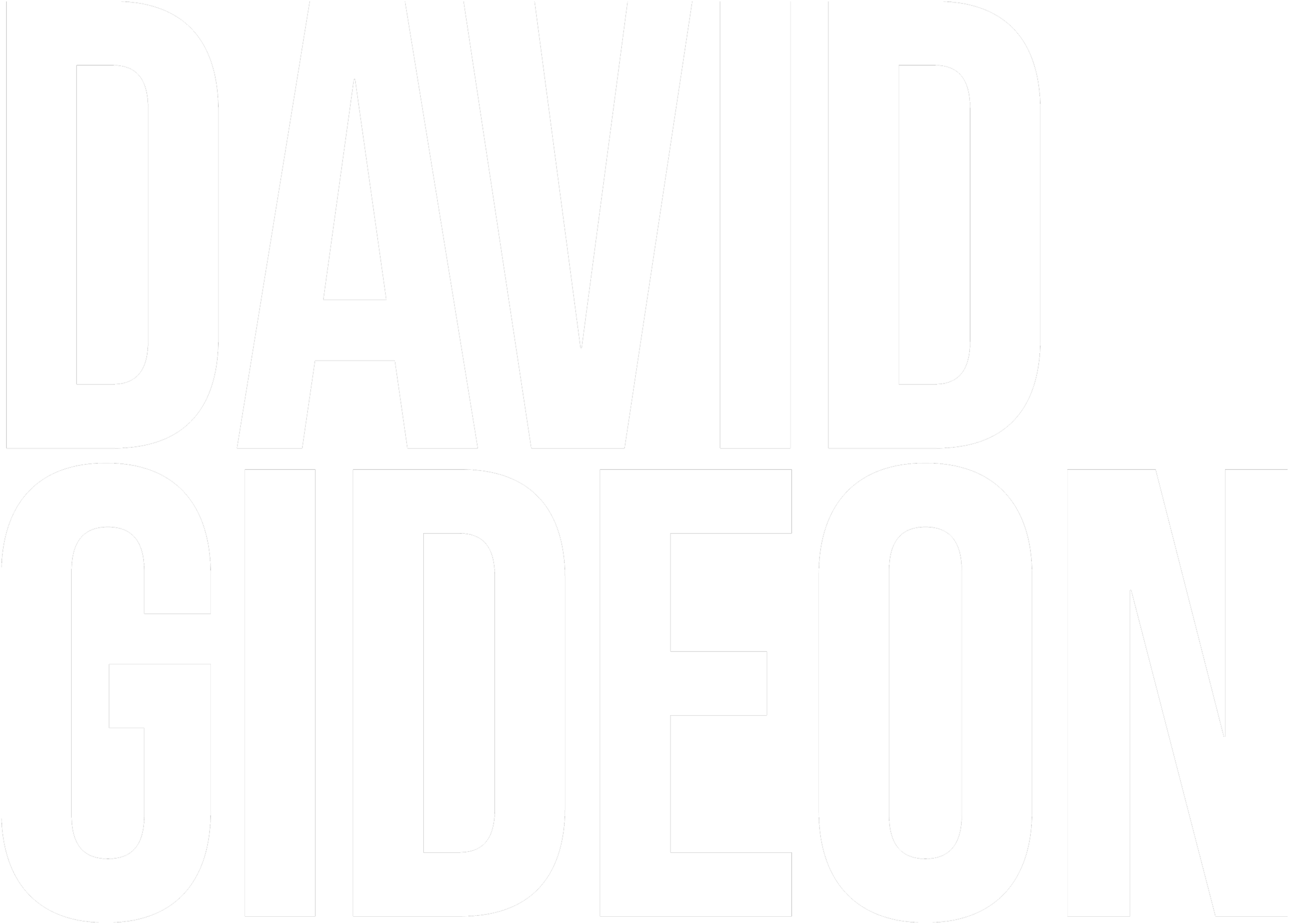Why Can’t I Create An Emotional Memory?
This is all about process – and semantics. It is not about application. That topic is for another day.
There are two labels that many (perhaps most) actors use interchangeably: “Affective Memory” and “Emotional Memory”. In both Lee Strasberg’s classes and at The Actors Studio it was common to hear actors say about their work, “I was working on an Affective Memory”, or “I was working on an Emotional Memory”, with equal frequency. Of course, if “Affective Memory” was the term used, everything proceeded in a normal fashion as Lee addressed how successful and appropriate the effort was. If the actor said, “I was working on an Emotional Memory” everything would come to a temporary stop as Lee would address the fact that “you can’t work on an emotion. You can’t work on an emotional memory”. Often this would be accompanied by the legendary clicking sound as he spoke that signaled his displeasure or downright anger.
What is the difference between the two labels, and why did it matter so much to Lee Strasberg? “Affective Memory” is the name of the exercise and the process. It is what the actor actually does creatively. “Emotional Memory” is the response to a correctly accomplished “Affective Memory” if the actor still feels the same way s/he did at the time of the event. (More on that subject another time and place). To restate it as simply as possible, Affective Memory stimulates Emotional Memory.
Lee felt, from his years of experience, that when actors put the emphasis on the emotion rather than on the event they were led toward going for a result or, even towards trying to sensorially recreate the physical responses of an emotion. A quick example of the latter would be if an actor tried to create the physical manifestations of fear rather than something that causes him/her to become afraid. It is the second of these that we strive for.
Toward the end of 1981, only several months before Lee’s death, an actor at The Actors Studio once again said, “I was working on an Emotional Memory for the end of the scene”. Those of us who had gone down that road with Lee many times before tensed up with anticipation of the storm that was going to follow. Instead, Lee got a smile on his face and said, “Okay. I give up. For years I have been telling you that you can’t work on an emotion, yet you insist on telling me you are working on an emotional memory. Well, okay then, if you insist on calling that, so be it. I won’t fight any more. From this day forward, whether any of you call it an Emotional Memory or an Affective Memory we will know that you mean the same thing in terms of process. Leave the emotion alone. Let it come to you if it wants to. Just make sure that when you are setting this for yourself you only create the sensations of the event”.
So there you have it. People use the two names interchangeably. I, however, believe that it is once again important to understand and make the distinction between the two labels. We no longer have Lee’s voice to remind us where to place our creative energies, and too many people have reverted back to going for a result. I also feel that if Lee hadn’t had such a great personal need to be understood, he might not have gotten so frustrated, and would have continued to separate the names. Why? Because understanding leads to skill.
Maybe we should combine the two. Maybe, when we discuss our work we should say something such as, “I was working on an Affective Memory so that it would give me the Emotional Memory that I felt was needed”.
Too wordy? “What’s in a name? That which we call a rose, by any other name would smell as sweet”. I guess Lee was right after all. It doesn’t matter what we call anything as long as we get the job done.
